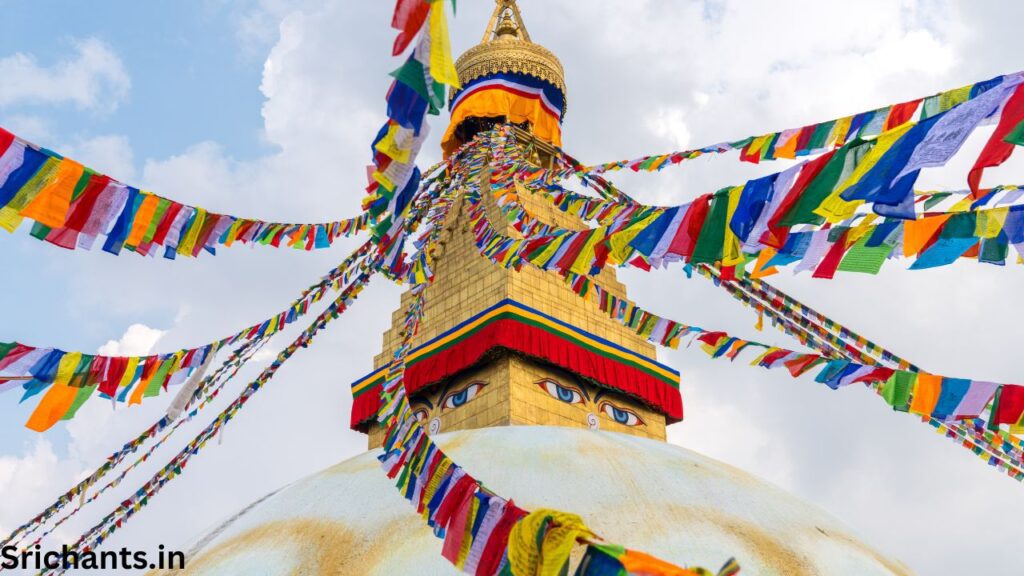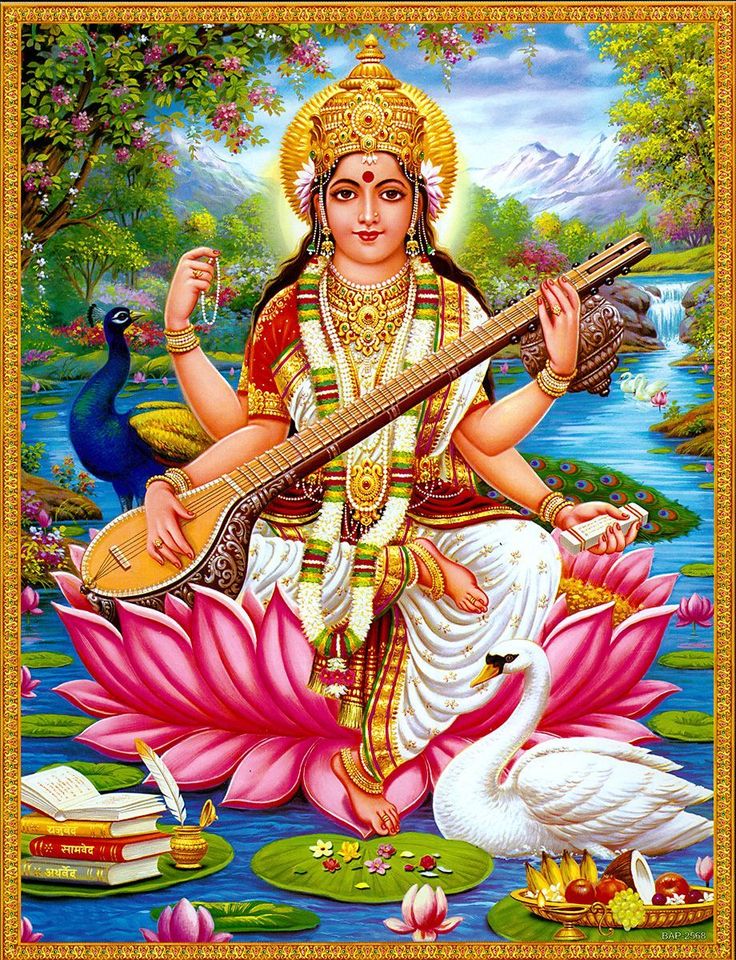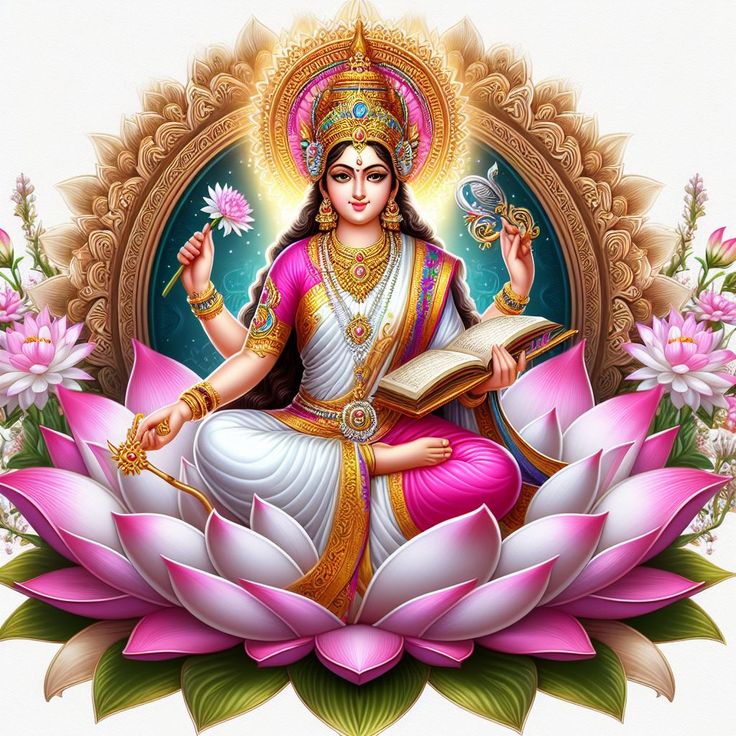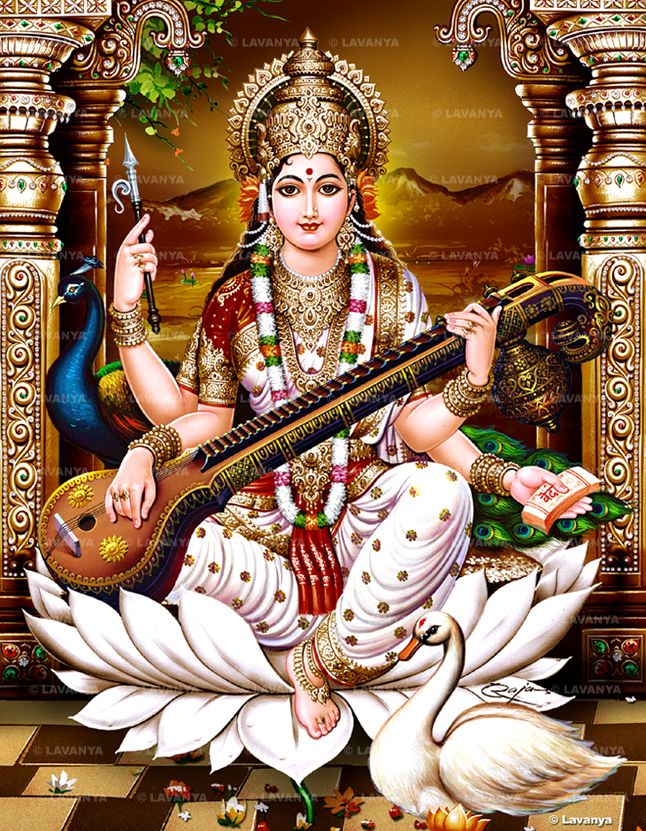The Cultural Significance of Saraswati in Nepal
Introduction
A colorful and lucky Hindu celebration called Saraswati Puja arises as the soft whispers of spring caress the Nepali terrain. People all around Nepal have a great place in their hearts for this annual celebration, which features the beloved Goddess Saraswati. Connected by a common civilizational legacy, transcending geographical bounds, the respect for this holy incarnation of knowledge, music, and creative perfection echoes inside different Hindu communities worldwide.
Revealing the Respectfulness of Goddess Saraswati
Respected as the embodiment of knowledge, wisdom, and creativity, Goddess Saraswati is the main deity observed at this festival. Derived from the Sanskrit words “Saras,” meaning flow and “Wati,” meaning bearer, her name denotes her as the one with an ongoing flow of wisdom. Furthermore, “Sara” denotes essence and “Swati” denotes self, therefore presenting her as the very core of self-knowledge.
Goddess Saraswati is shown artistically on a pure white lotus throne with four hands and sporting a perfect white sari. She has a book, a Veena (a stringed musical instrument), and a rosary in these hands to represent her control over spirituality, education, and music as well as academics. Emphasizing the goddess’s heavenly core even more, her celestial friend, the magnificent white swan, stands for purity and transcendence.

Saraswati’s Emergence in Hindu Legend
The Saraswati Puja celebration has its roots in Hindu mythology, where the story of Lord Brahma, the maker of the celestial trinity, finds dismal silence and loneliness of the freshly produced Earth. He sprinkled water from his Kamandal, a water container, into the air to correct this and produced an angelic form clutching a Veena (lute). Now known as Goddess Saraswati, this celestial entity was asked by Brahma to shatter the quiet covering the Earth by playing music and distributing bliss.
Along with marking the birth of Saraswati, this symbolic act bestowed upon humanity the priceless gift of speech, language, and knowledge seeking. Saraswati Puja so honors not only the goddess’s creation but also the granting of knowledge, insight, and discernment onto humans. Devotees actively commit this day to seek enlightenment and joyfully express their creativity, therefore respecting the goddess’s influence on the intellectual and creative domains.

The Nepali Calendar’s Saraswati Puja
The Saraswati Puja celebration is observed in the Nepali calendar under Basanta Panchami, the fifth day of the brilliant fortnight (Shukla Paksha) in the month of Mag h. This lucky moment marks the beginning of the spring season, thereby signifying the flowering of knowledge, creativity, and the productive reaping of learning.
Nepalese Saraswati Puja Rituals and Celebrations
Rich tapestry of ancient rituals and cultural expressions defines the celebrations of Saraswati Puja in Nepal. Let’s explore the several ways this celebration is held all throughout the country.
presents and respect.
The main ceremony consists on the puja—worship—of Goddess Saraswati. Particularly students, devotees present the goddess a variety of traditional objects including flowers, fruits, sweets, and other symbolic presents. Seeking her blessings for success and the ongoing search of knowledge, they often set their books, musical instruments, and other implements of their academic or creative endeavors at the goddess’s feet.

Saraswathi Vandana
To ask the goddess for blessings, devotees fervently chant the Saraswati Vandana, a set of devotional songs and petitions. These holy ceremonies take place in homes, businesses, and public events to generate a harmonic respect and loyalty. Deeply connecting with the hearts of the worshippers, the Saraswati Vandana with its lyrical lines invites the heavenly essence of the goddess and her qualities.
Temple Notes
Pilgrims travel to temples honouring Goddess Saraswati; the Pashupatinath Temple and Swoyambhunath Temple in Kathmandu are major pilgrimage locations for this occasion. Particularly the Swoyambhu Temple is a mesmerizing exhibition of young energy that transforms the hallowed area into an active artwork vibrating with the spirit of education. The vibrant scribbles of letters, numbers, and children’s names that explode from the walls clearly depict every turn in their educational journey.
Cultural Enchantment
From music to dance to recitations highlighting student talents and inventiveness, educational institutions all throughout Nepal come alive with rich cultural events. These festivities not only respect the goddess but also give the younger generation a stage to showcase their artistic talents and foster a closer respect of their cultural background.
Sartorial Convention
Yellow is the most often used hue connected with Saraswati Puja since it represents the brightness of spring and the flowering of wisdom. Particularly students, devotees dress in yellow as a symbolic gesture, therefore embracing the festive mood of the celebration.

Regional Variations in Celebrations of Saraswati Puja
Although the fundamental nature of Saraswati Puja is always the same across Nepal, the celebrations may reflect local manifestations that honor the cultural variety of the country.
Eastern Nepal: Radish offerings and mustard greens
The Saraswati Puja festivities in eastern Nepal include the presenting of pink radish harvests and mustard greens. Reflecting the close link between the ground, its abundance, and the search of wisdom, these symbolic gestures symbolize the hopes for “fruitful knowledge crops” that last lifetime.
Terai Region: Escapades Using Kites
The spring festival of Saraswati Puja brings in fierce kite-flying escapades on Nepal’s sub-tropical Terai flatlands. The vivid kites, whirling high in the heavens, reflect the hopeful regional attitudes and the countless opportunities education can open.
Newar Community: Rituals of Bala Puja
Through the “Bala Puja” ceremonies, the Newar people in Nepal starts young children into the first phases of education. Children are let to follow the initial letters on rice grains in this rite, so signally launching their academic paths and fostering early respect of information.

Saraswati Puja in the Face of Difficulties
Unquestionably, the Saraswati Puja persisted in Nepal even throughout the difficult COVID-19 epidemic period. Although the festivities might have been lesser in scope, the ethereal quality of knowledge showed to be outside the reach of situation. Families and communities discovered creative ways to celebrate the event in their homes or via digital channels, therefore insuring the survival of the ageless customs and the respect of the goddess.
Saraswati Puja: A Reflection of Nepal’s Cultural Tapestry
Nepal’s Saraswati Puja event is a colorful celebration reflecting the rich cultural fabric of the country, not only a religious observance. The celebrations respectfully honor the different identities and customs that define the Nepali character by deftly combining many regional representations. From the Terai’s kite-flying exploits and the Bala Puja rites of the Newar community to the mustard greens and radish from the eastern areas, every element of the celebrations highlights the natural richness and adaptability of this beloved legacy.
Saraswati Puja: An Ongoing Legacy
Beyond national borders, the Saraswati Puja celebration in Nepal has a great and long tradition that speaks to Hindu populations all around. The celebration brings in a season of rebirth, creativity, and joyful shared events as the goddess Saraswati graces the celebrations. The celebration of the plurality of heritage identities, the confirmation of the relevance of the learning process via several channels of study, and the adaptable modification of customs without sacrificing the timeless core values help the festival to underline these points of view.
Conclusion
Within Nepal’s rich tapestry of cultural legacy, the Saraswati Puja celebration is evidence of the country’s relentless dedication to knowledge, invention, and harmony. The Nepali landscape is painted in colors of joy, respect, and the promise of a blossoming future as the soft whispers of spring bring in the great celebration. May the blessings of Goddess Saraswati inspire and lead the people of Nepal thereby enabling them to soar to new heights of intellectual and creative brilliance and so build a society that cherishes the timeless core of learning and cultural harmony.
#nepal #nepali #Saraswati #puja







